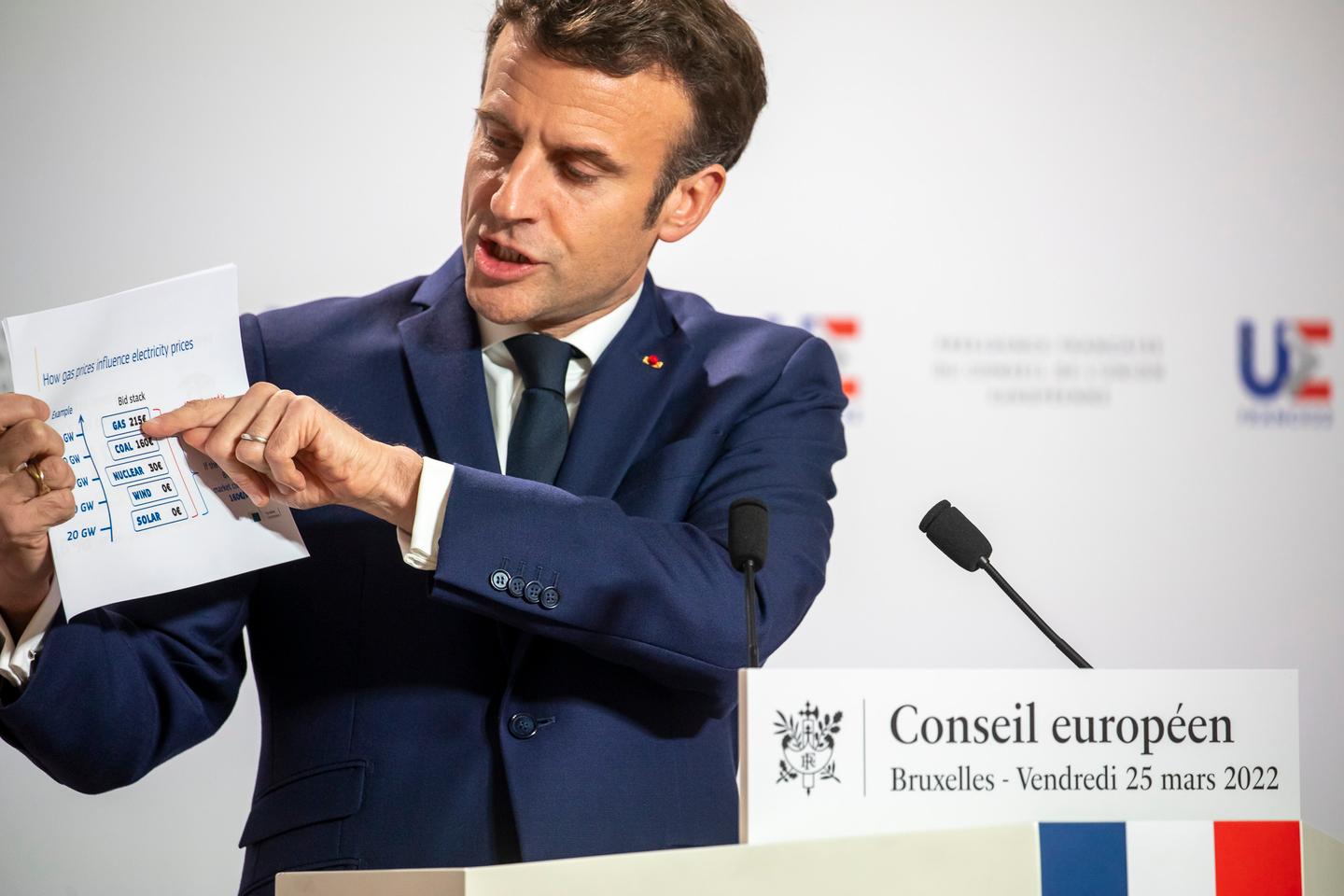


Initially not provided for in the European treaties, but imagined and set up by French President Valéry Giscard d'Estaing, then strengthened by the Lisbon Treaty (2009), the European Council has become the center of gravity of the European Union's institutional system. Its power has grown in response to the crises Europe has recently faced, notably the eurozone crisis, the health crisis and the war in Ukraine.
These episodes have required major decisions to be taken at short notice, decisions which the legitimacy of the European Council made possible. Often confused with the Council of the EU, which brings together ministerial-level representatives, the European Council brings together the "heads of state or government," the highest level of political responsibility within the member states. However, the European treaties leave it up to the member states to appoint their own representative, in accordance with their internal constitutional rules.
In line with the logic of their parliamentary systems, states are most often represented by their heads of government. This is the option chosen by Germany, Spain, Italy and Poland. Cases where the head of state is chosen by the member state are rarer. Cyprus, Lithuania and Romania send their presidents, who are elected by direct universal suffrage and granted foreign policy powers by the Constitution. This is also the case in France.
Two-headed representation
Against the backdrop of a continuous transfer of powers from member states to the Union, the European Council appears to be a key forum for the exercise of French presidential power. For Emmanuel Macron, who placed Europe at the heart of his political project since 2017, being present at the European Council is undoubtedly a crucial, even existential, issue.
However, the French president's participation is based on a weak legal foundation. Originally intended to establish a true parliamentary system, the 1958 Constitution of the Fifth Republic did not clearly establish an international representative role for the head of state. However, this role was asserted through a presidentialist interpretation of the Constitution, encouraged by the reform of the presidential election to make it a direct election, following the referendum on October 28, 1962.
But this practice was interrupted during the three periods of cohabitation [when the president and prime minister come from different sides] that France has experienced since 1986. A compromise was then reached, resulting in two-headed representation at European Council meetings. The pairs (Mitterrand-Chirac, Mitterrand-Balladur, and Chirac-Jospin) managed, albeit with discreet tensions, to express a common position.
You have 52.86% of this article left to read. The rest is for subscribers only.
